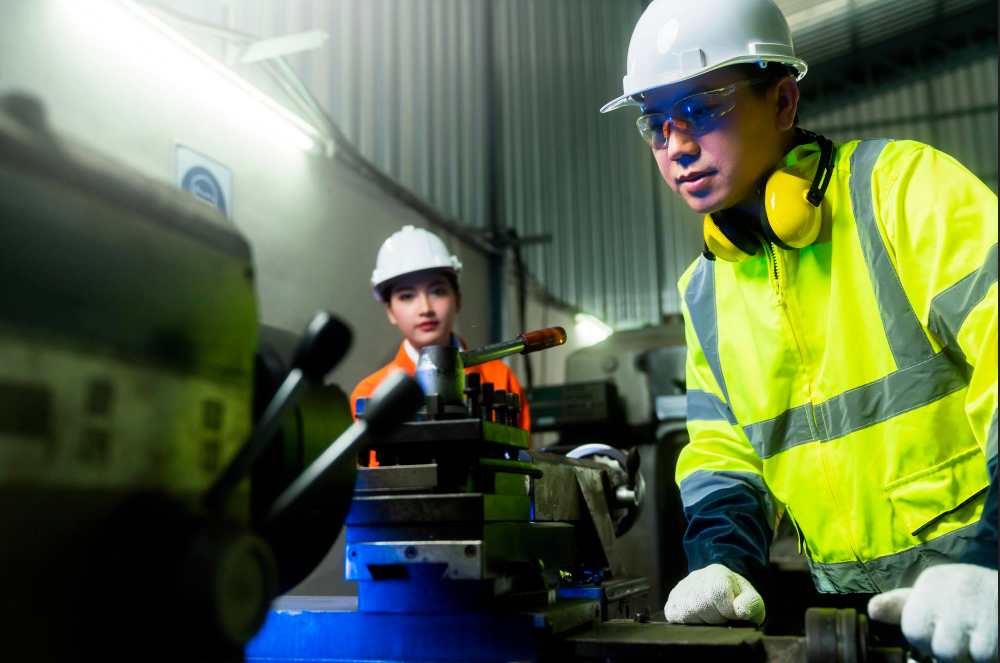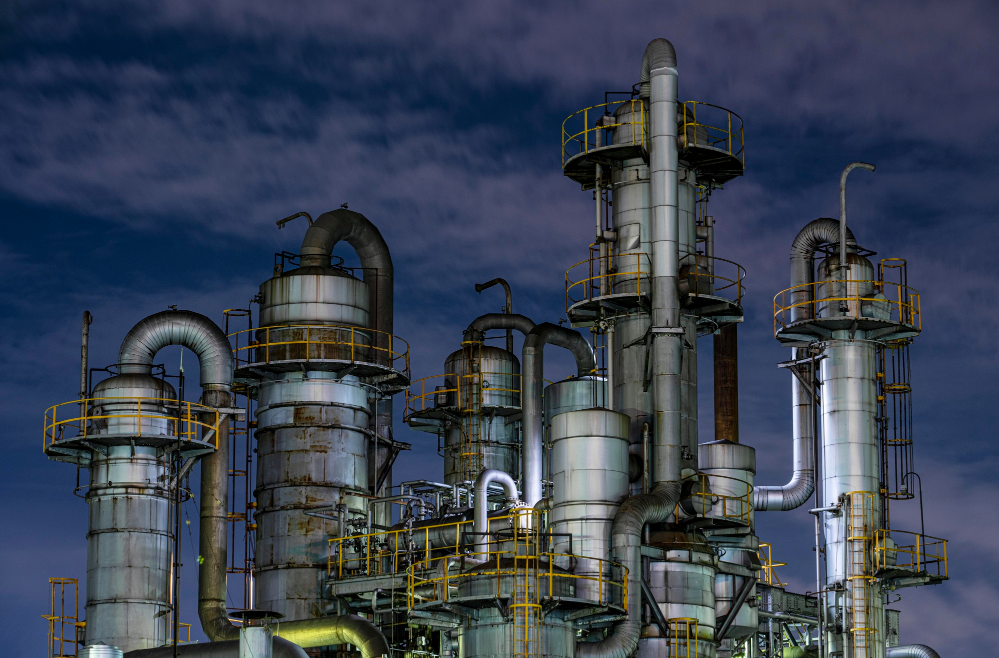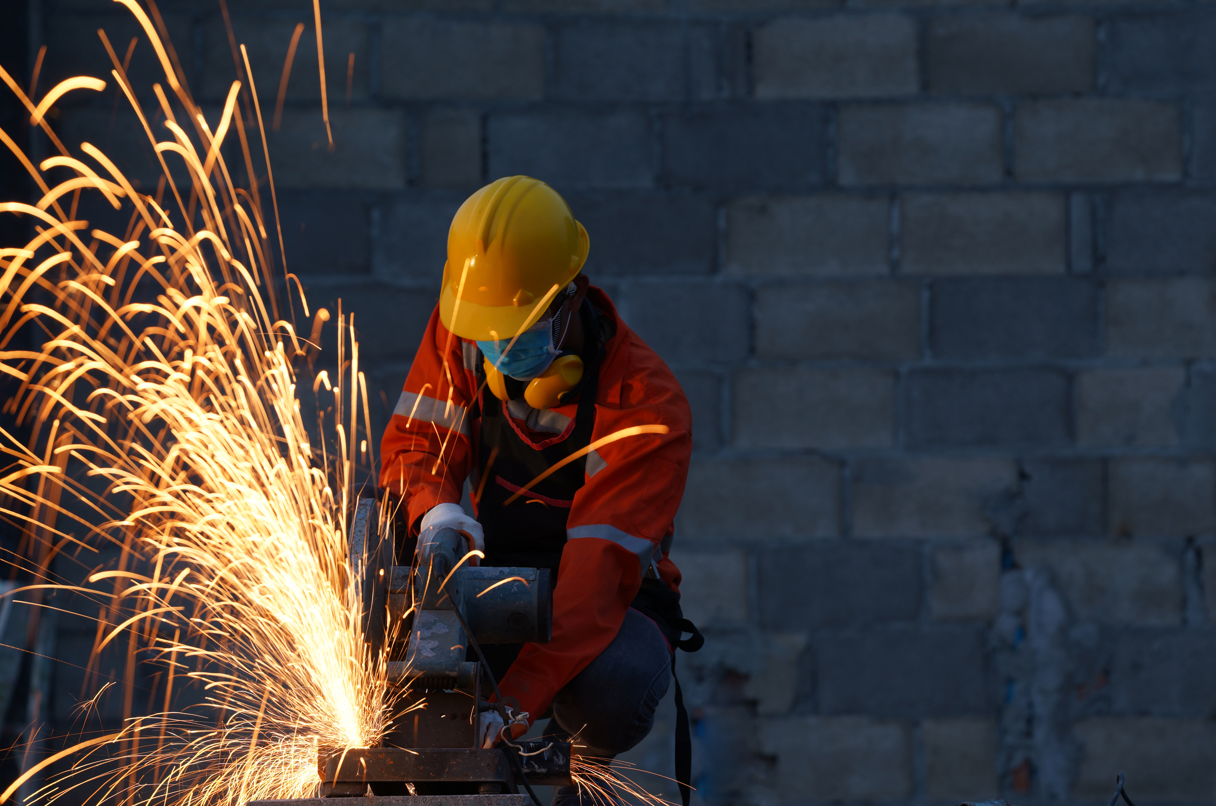Step into the world of API 653, where experts dedicated to inspecting storage tanks reveal their skills. In this article, we explore API 653 Sample Questions, specifically designed to test your knowledge and ability to ensure the stability of storage tanks. Are you searching for API 653 sample questions to enhance your certification preparation? Look no further – the questions you need are right here.
What Is API 653?
API 653, created by the American Petroleum Institute (API), is a bit like a handbook for overseeing the condition of storage tanks above the ground. It’s very important for industries that use these tanks to keep things like oil, chemicals, and water. This handbook provides clear, step-by-step directions on examining, repairing, and ensuring these tanks are strong and secure.
Adhering to API 653 is significant because it ensures people’s safety, safeguards the environment, follows the rules, and helps these tanks last a long time. Those working with these tanks must understand and follow this handbook to perform their jobs effectively and securely.
How Is The Structure of the API 510 Exam?
Understanding the format of the API 653 exam is a wise approach to enhance your readiness for success. In this segment, we will break down the exam’s structure, making it easier to prepare and increasing your likelihood of passing.
| Details | API 653 Exam |
| Duration | 7.5 hours with detail:
|
| Total Questions | 170 Questions |
| Question Details | 140 questions are scored
30 questions are pretest |
| Question Type | 110 closed-book questions
60 open-book questions |
| Passing Score | 70% |
How Are Some of the Sample Questions in the API 653 Exam?
Looking at practice questions from the API 653 exam gives you a helpful sneak peek at what you’ll encounter on test day. When you dive into this section, you’ll get a good idea of how the questions are asked and what they’re about, making you feel more ready and self-assured when you take the exam.
1. During tank roof evaluations, roof plates corroded to an average thickness of less than ________________ in any 100 square inch area shall be repaired or replaced. (0.09″)
2.Lead-in-Analyzers must be designed to measure ____________ Lead-in-Air concentrations. (Organic)
3. A pressure test at least 1.5 times the __________ shall be performed on a nozzle installed by hot tapping after the valve has been installed on it and prior to mounting the hot tap machine. (Hydrostatic head)
4. The simplest type of atmospheric storage tank is the ________ (Cone roof)
5. The internal tank shell should be inspected for corrosion. Two likely corrosion areas are the ________ (Vapor space and liquid level line.)
6. _______ is an electrode of an electrochemical cell at which a reduction reaction occurs. (A cathode)
7. Rim-mounted primary and toroidal seal systems can be removed, repaired, or replaced. To minimize evaporation losses and reduce potential hazards to workers, no more than ________
(1/4 of the roof seal system should be out of an in-service tank at one time)
8. What type of tank settlement can often be predicted in advance, with sufficient accuracy from soil tests? ___________ (Uniform settlement)
9. The thickness to be used for each shell course when checking the design for a reconstructed and relocated tank shall be based on measurements taken within _____ days prior to relocation. (180)
10. . A cushion of new _______ may provide many of the same advantages as a concrete cushion for reducing corrosion and eliminating the need for cathodic protection. (Asphalt)
11. The thickness to be used for each shell course when checking the design for a
reconstructed and relocated tank shall be based on measurements taken within
_____ days prior to relocation.
a. 90
b. 100
c. 180
d. 200
12. The simplest type of floating roof is the:
a. Pan
b. Pontoon
c. Double deck
d. Cone
13. Tank surfaces that have been in contact with leaded gasoline should be scraped down to bare metal. On each side of a line that might be heated excessively by welding or other operations, an area of at least ______ should be scraped down to bare metal.
a. 6”
b. 24”
c. 10”
d. 12”
14. API 653 covers minimum requirements for maintaining the integrity of above ground storage tanks _____
a. After placed in service
b. Before
c. During construction
d. During testing
15. In determining the lowest average thickness t avg (or t1) over a length of “L” of a tank shell plate, the inspector shall use at least _______ equally spaced measurements over the length of “L”.
a. Three
b. Six
c. Ten
d. Five
16. Atmospheric pressure when used to describe the design pressure of a tank refers to internal pressure up to but not exceeding:
a. 2.5 ounces per in2 gage.
b. 2.5 pounds per ft2 gage.
c. 2.5 grams per cm2 gage.
d. 2.5 pounds per in2 gage.
17. Where concrete ringwalls are provided under the shell, the top of the ring shall be level within _____ in any 30 feet of the circumference measured from the average elevation.
a. Plus or minus 1/16”
b. Plus or minus 1/8”
c. Plus or minus 3/16”
d. Plus or minus ¼”
18. Corrosion on the underside of tank bottoms that rest on pads or on the soil cannot be inspected readily from the outside. If it becomes necessary to make an external inspection of the bottom located near the edge of the tank, the following method can be used when the tank is out of service.
a. Jacking method
b. Magnetic resonance method
c. Tunneling method
d. Electro-magnetic transducer method
19. The internal tank shell should be inspected for corrosion. Two likely corrosion areas are the:
a. Vapor space and liquid level line.
b. Mid-point of liquid-level and the bottom.
c. Plate joints and nozzle connecting joints.
d. Areas near heating coils or agitators.
20. If it is necessary to replace a roof rim, the new roof rim shall be a min. thickness of ____
a. 1/8″
b. 3/8”
c. 1/16”
d. 3/16”
21. Exclusive of corrosion allowance, what is the minimum nominal thickness for all new construction bottom plates?
a. 1/2 inch
b. 1/4 inch
3. 3/16 inch
4. 5/8 inch
22. For steel plates and welds to be checked by LPI, what shall be the penetration time for penetrant?
a. 10 min for weld, 5 min for plate
b. 5 min for both
c. 10 min for both
d. 5 min for weld, 10 min for plate
23. For MT examination by Prod technique the spacing between prods shall be between ______
a. 4 inch to 12 inch
b. 4 inch to 10 inch
c. 3 inch to 10 inch
d. 3 inch to 8 inch
24. For a tank with a diameter of 100ft was found to have thickness reduction in a localized area. Minimum thickness observed (t2) wash 1 inch. What will be the minimum vertical length of the area?
a. 40 inches
b. 37 inches
c. 45 inches
d. None of the above
25. What is the minimum nominal shell thickness required when the normal tank diameter is less than 50 feet?
a. 3/16
b. 1/4
c. 5/16
d. 3/8
In conclusion, becoming well-acquainted with as many sample questions as possible is a valuable strategy for getting comfortable with the API 653 exam. The more you expose yourself to these practice questions, the better prepared and more confident you will become. Familiarity with the question style and content boosts your confidence and enhances your readiness, helping you excel on exam day.
Furthermore, while practicing sample questions is beneficial, discussing the various question types and nuances with experts takes your preparation to the next level. For this purpose, PetroSync offers API 653 training programs that comprehensively understand the exam’s intricacies.
Engaging with experts in the field not only enhances your familiarity with the questions but also equips you with valuable insights and strategies. This collaborative learning approach ensures you are well-prepared to tackle the API 653 exam with confidence and expertise.






